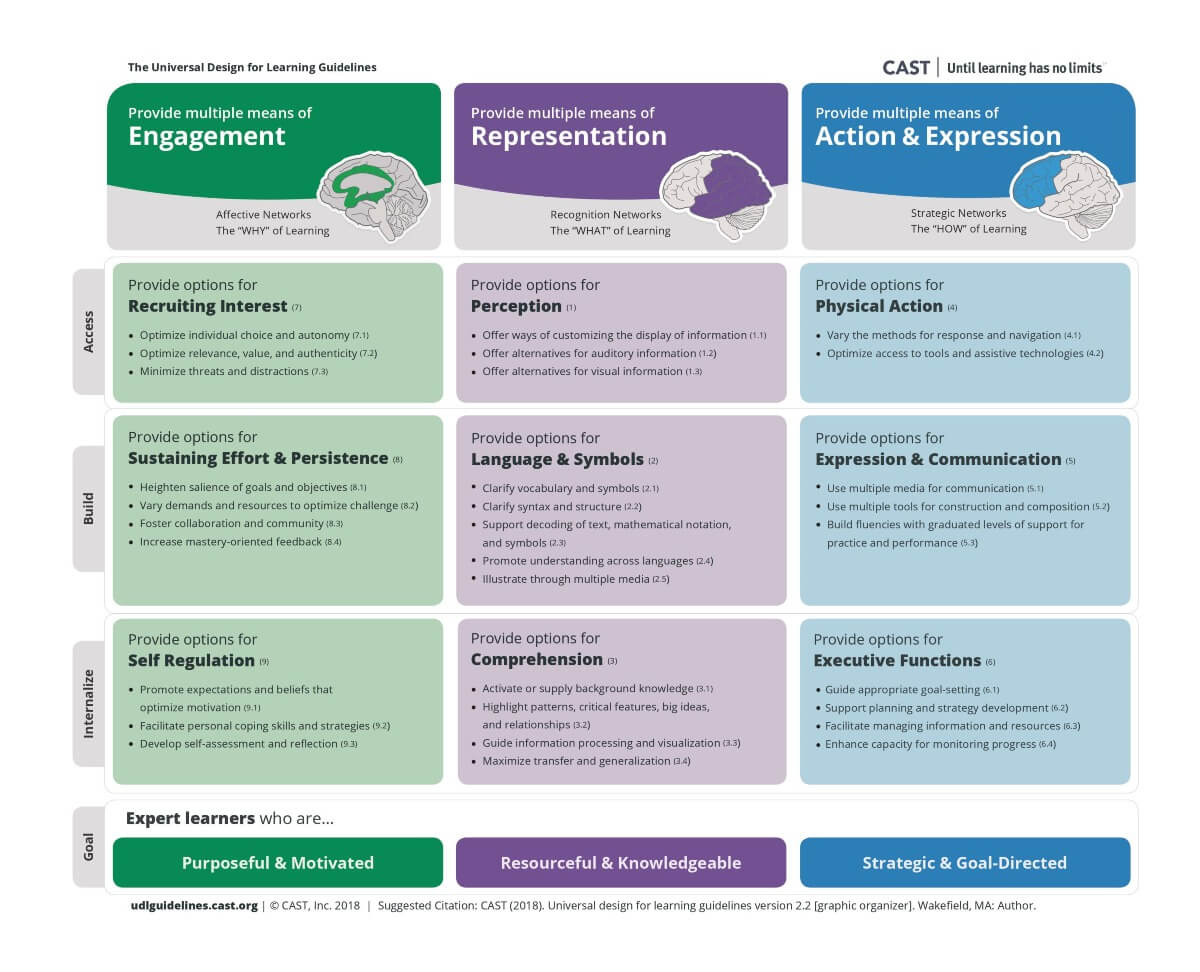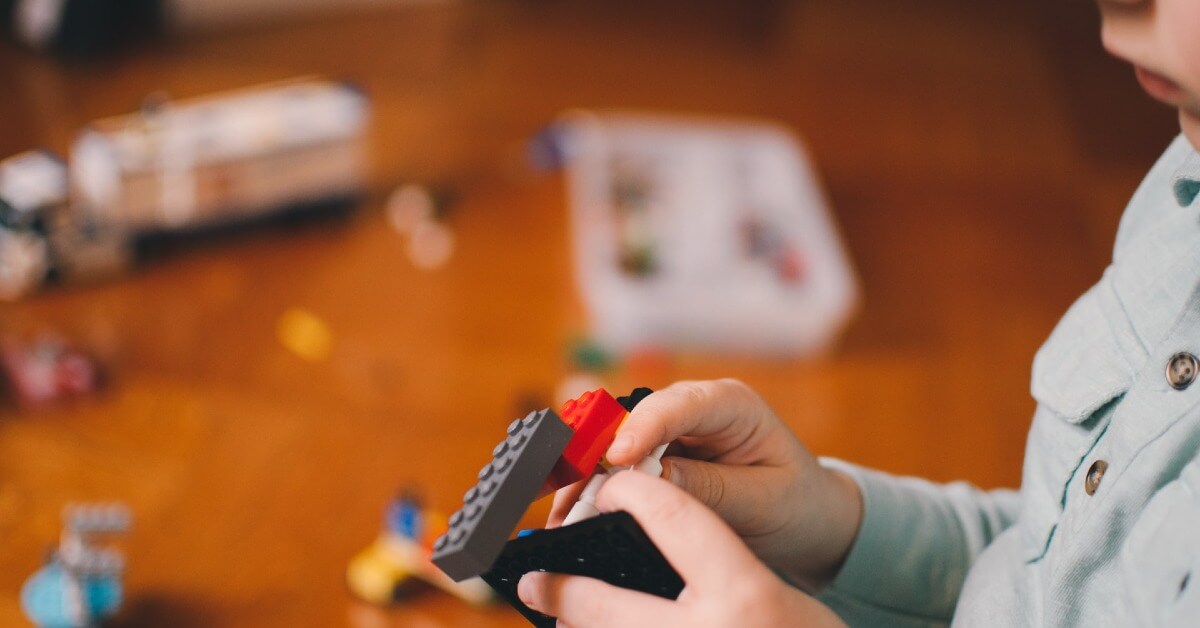Universal Design for Learning - An Introduction
Making learning design accessible to a diverse set of learners
The human mind in general and how it learns, in specific, has been a realm of fascination and delight for me, for many years now. We used to think that the whole subject of learning new things ends once we finish our formal education and enter the workplace. Of course, now we know that the truth couldn’t be further from there. Learning for life is a deeper reality than earlier considered.
Either way, whether approaching formal academic education or professional learning, the truth about how our mind absorbs new information remains the same. More importantly, the challenges around those learning are also similar - the primary one amongst them being how to make learning accessible to everyone. When I think about the building blocks of learning, I start with accessibility. How will a person learn if the knowledge or skill being learnt is difficult to access?

What does accessibility mean in the context of learning design? This is one of the first questions I ask as an instructional designer. For me, the Universal Design for Learning or UDL has always provided a comprehensive yet simple framework to help answer this question. In this three- part series on UDL, I hope to share some of the key features of UDL and how it has helped me in my journey as an instructional designer over the years.
Accessibility as per UDL refers to an inclusive learning design that ensures that different types of learners engage with the content in multiple ways and find the motivation to apply it.
UDL encompasses a range of principles to ensure that learning content motivates all types of learners, the content is represented in a variety of ways and the learner engagement is approached.
In my study as an instructional designer, when I first came across UDL, I was simply fascinated by the completeness of this structure. At first glance, it looked like an off-shoot of Kolb’s work on the different learning styles to me. However, it just took a scratch of reading to understand that learning styles are focused on ‘fixing the learner’ but UDL is focused on fixing the learning experience on the whole.
That is what makes this body of work so intense and I’ve never stopped going back to it as my sine qua non. It takes a lot of research and deep analysis of learning and neuroscience to develop a model like UDL. It’s deceptively simple and is mostly used for academic learning design to ensure our classrooms are more inclusive to all types of learners. The possibilities of applying it into our professional learning experiences are however endless.


